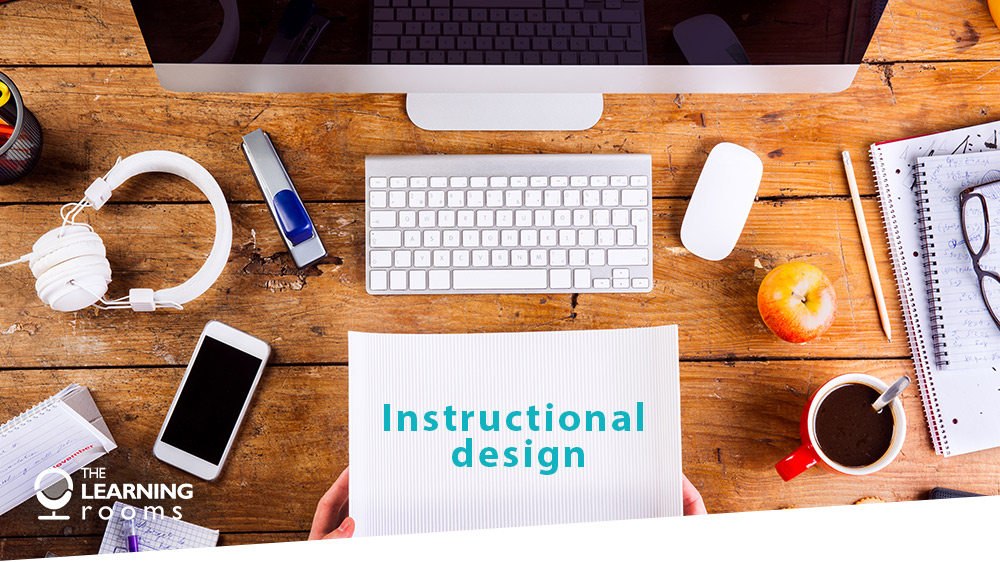
31 Mar Transitioning from Teaching to a career as an Instructional Designer
Are you considering making the change from teacher to instructional designer?
Artificial Intelligence, Virtual Reality, the Metaverse… no we’re not talking about a science fiction novel, this is the present and not so distant future of learning technology that is rapidly taking shape as we speak. According to Global Market Insights, the eLearning market size exceeded 250 billion dollars in 2020 with significant growth expected to continue. The 2027 value projection by GMI of the eLearning market is 1 trillion dollars. Let’s just say eLearning is booming. More than that, it is the seat of so many exciting innovations. If you want to be a part of the eLearning revolution, there are many roles you might consider: instructional designer, digital learning designer, eLearning developer, multimedia designer, educational game developer, learning technologist, and more! Some teachers are now starting to look at other career opportunities and instructional design for eLearning is one such path.
So what exactly is an instructional designer? As an instructional designer, you will apply your knowledge of curriculum design, learning science and cognitive theory in order to design effective eLearning solutions. When designing courses for adults, you will need an understanding of andragogy (adult learning theory), such as Gagné’s Nine Events of Instruction, Bloom’s Taxonomy, Constructivism and Cognitivism, to name a few. The instructional designer will often work along side subject matter experts (SMEs), to identify the learning need and figure out if training could solve that need. Creating learning outcomes, writing content, delivering it in an engaging way and developing assessments are all part of the instructional designer’s role.
As a teacher, you already possess a bounty of experience, knowledge and skills that you can apply to a role as an instructional designer. Skills that we can apply in several different roles are called transferable skills. Your planning and organisational skills will help you to manage your varied projects and timelines. Communication skills will be useful for collaborating with SMEs, stakeholders and the other members of the eLearning team. Adaptability, teamwork and problem-solving skills are key skills needed for the instructional design process. Your knowledge about how people learn and process information, how to motivation learners, promote engagement and learning transfer will all be essential. As a teacher, you will already have a solid knowledge base and experience in creating effective learning experiences.
Moving into the role of instructional designer from teaching will require some upskilling in eLearning design and development. It might help to learn about some common eLearning technologies such as authoring tools (Articulate 360) and learning management systems (Moodle). Understanding instructional design frameworks such as ADDIE or SAM will help you become more familiar with the instructional design process. You may also need to learn about evaluation frameworks, such the Kirkpatrick Evaluation Model, to help you evaluate the effectiveness of your eLearning. You might also like to learn about multimedia design principles, such as Mayer’s Principles of Multimedia Design. With this in mind, do some research, connect with others in the industry and follow their posts. Read up about new and emerging trends in eLearning.
The Learning Rooms offer a comprehensive Instructional Design for eLearning course. This interactive self-paced course is designed for anyone starting out as an instructional designer. The course begins with insights into types of eLearning and technologies and then takes you through the whole process of eLearning development: analysis, design, development, implementation and evaluation. You will learn how to analyse the needs of your learners, write learning outcomes, develop creative engaging storyboards and create meaningful assessments that measure the learners achievement of the learning outcomes. You will also learn about the development, implementation and evaluation stages of an eLearning course.
So if you are considering hanging up your teaching hat and want to explore the innovative and exciting world of eLearning and instructional design, then I hope you’ve found this article useful. Good luck on your new journey!


